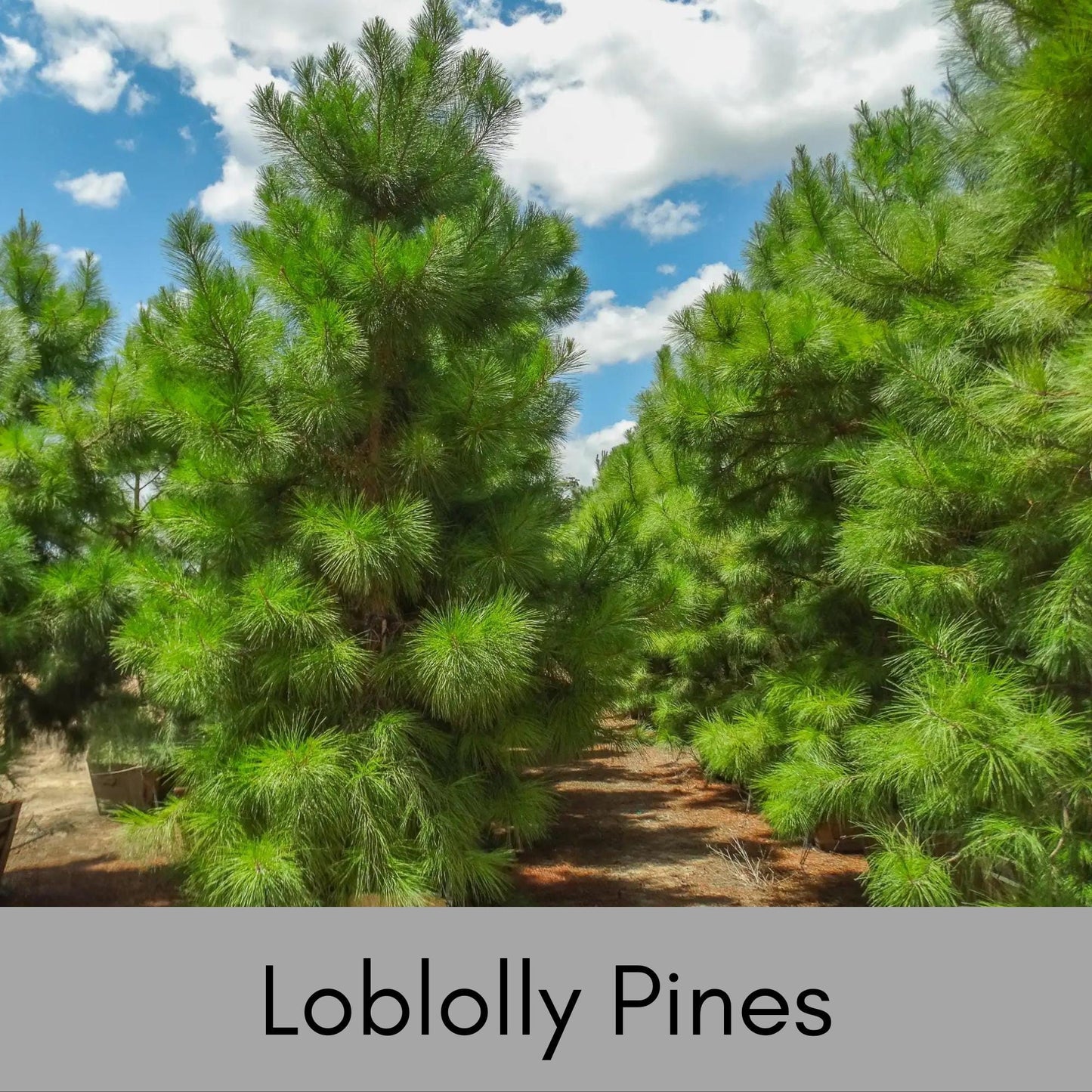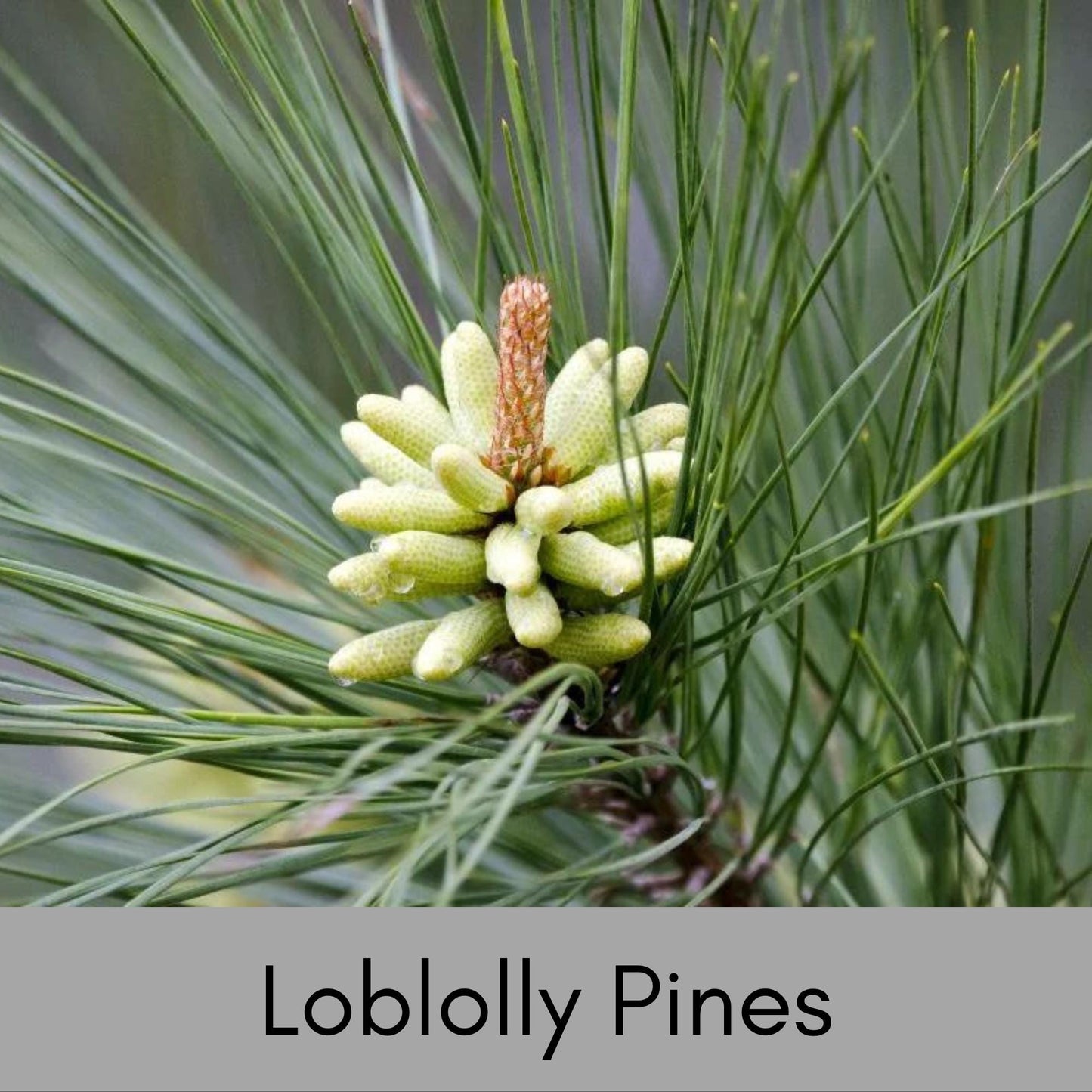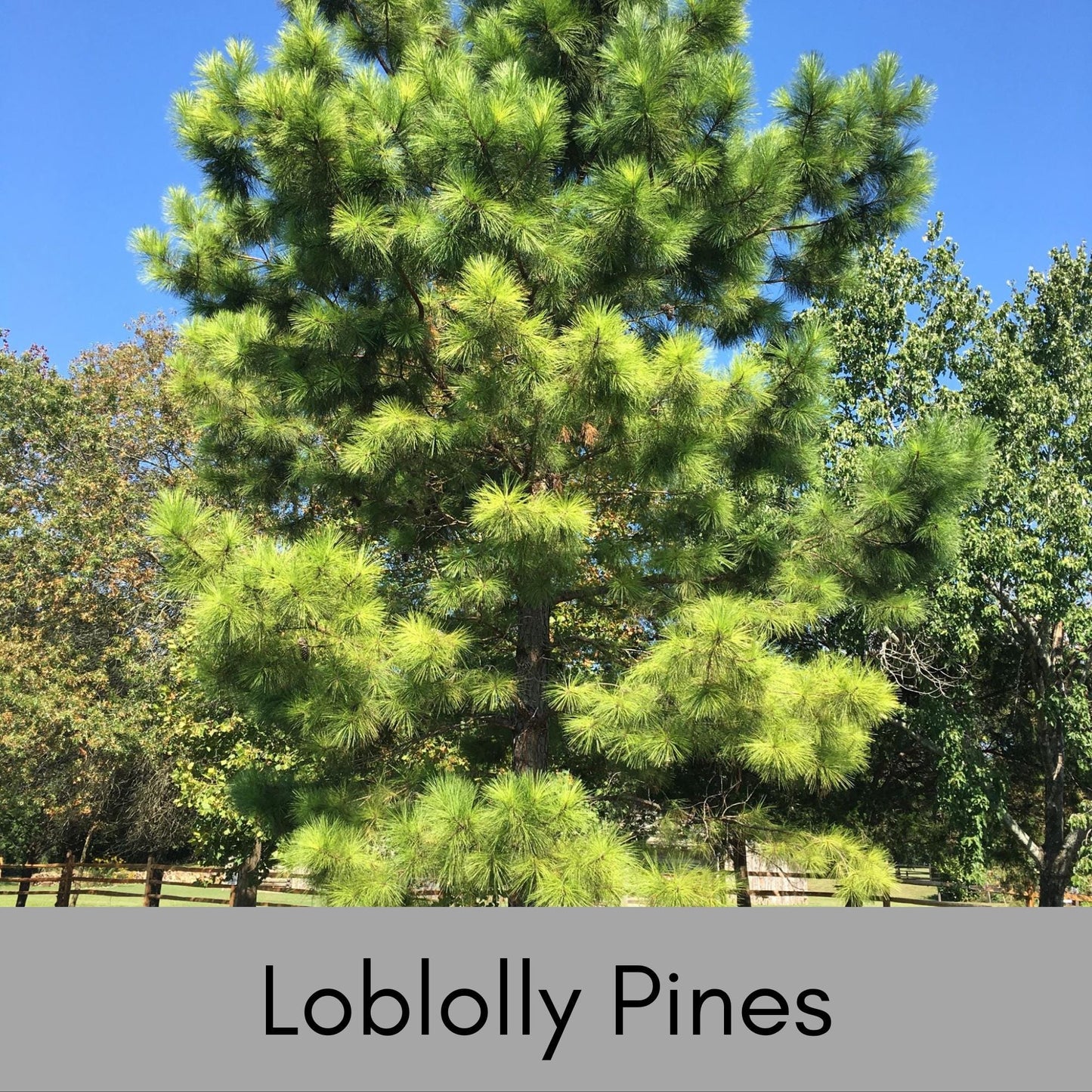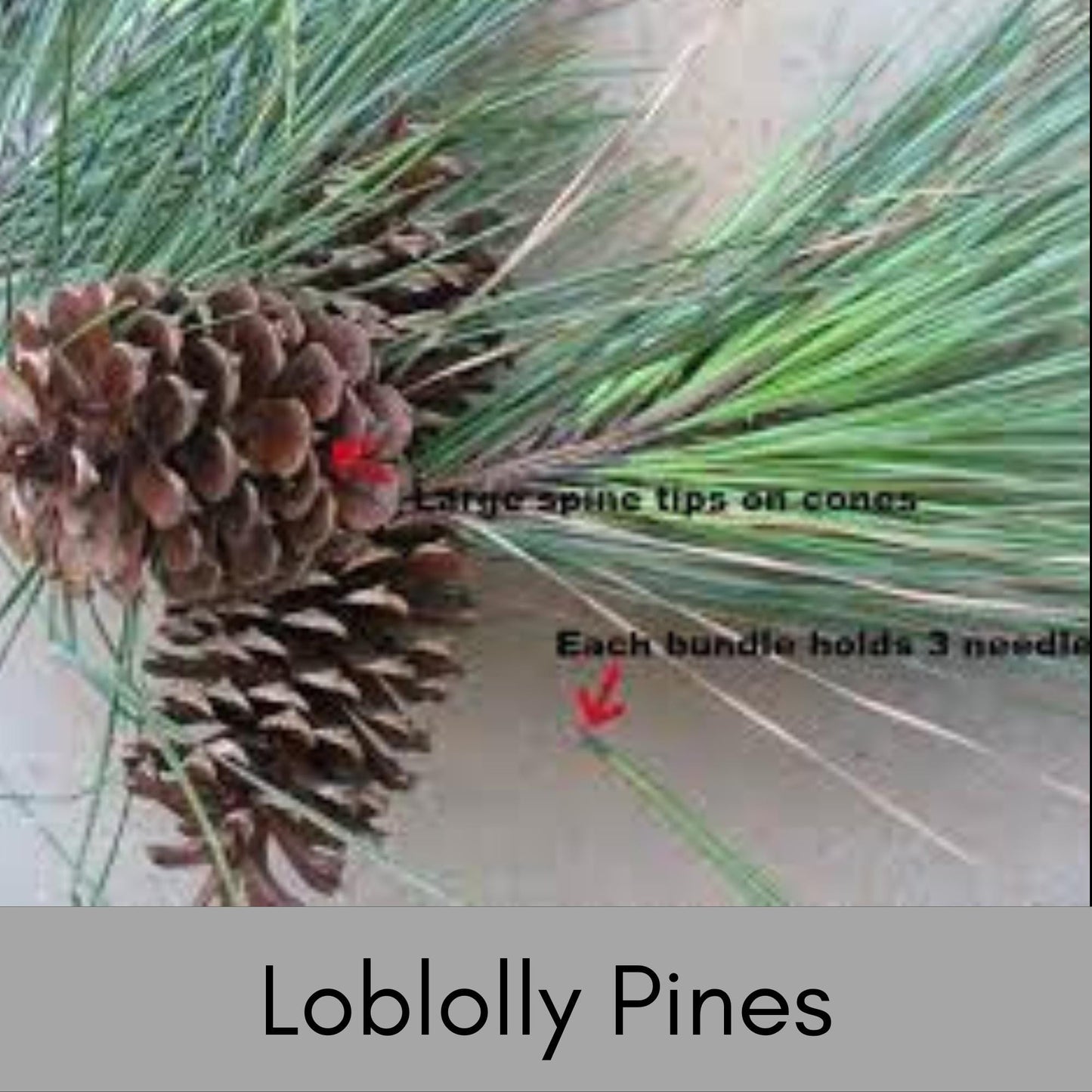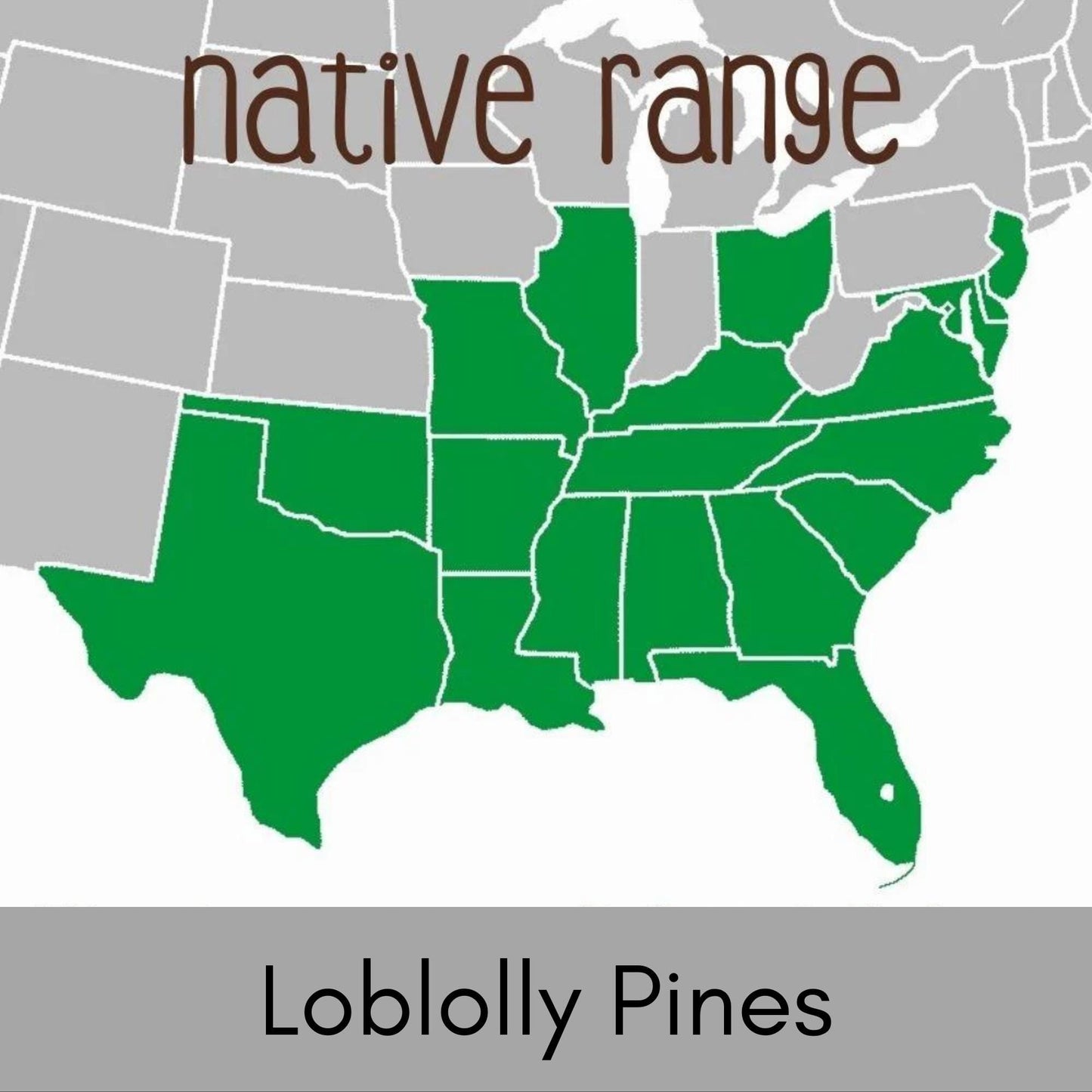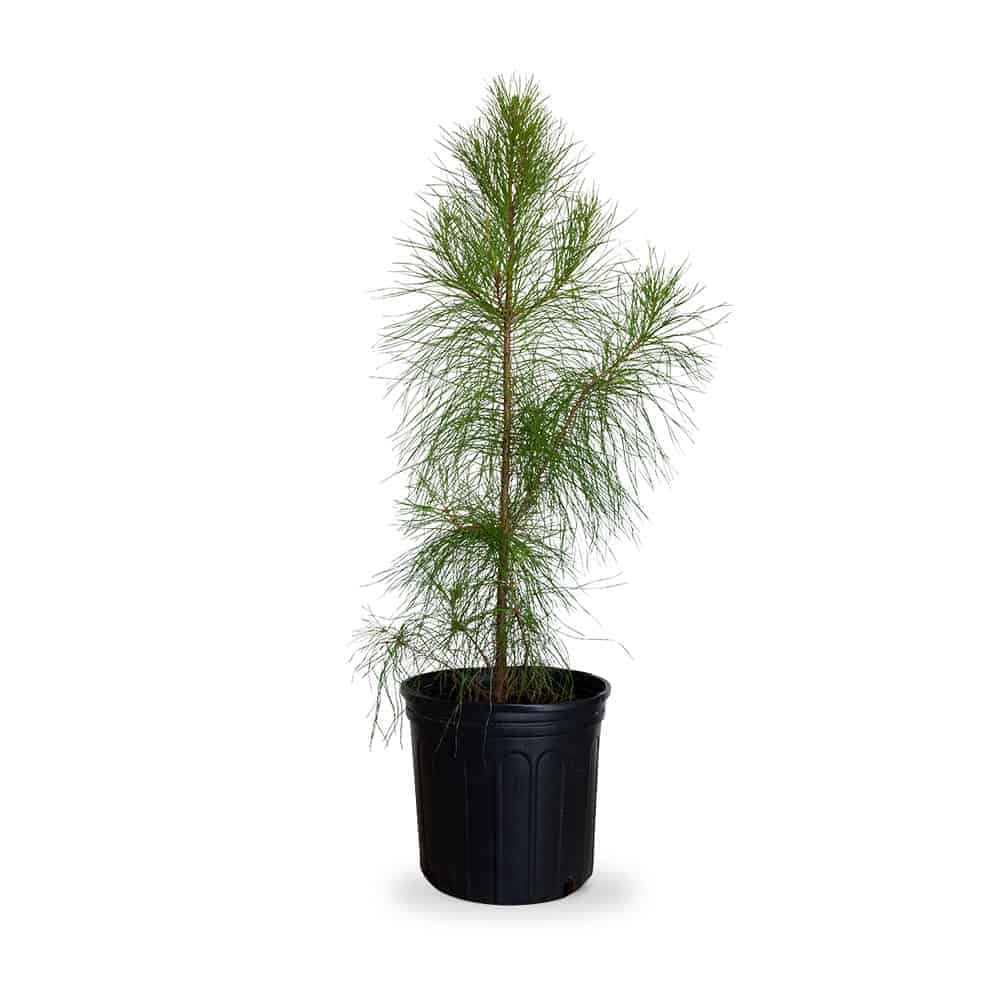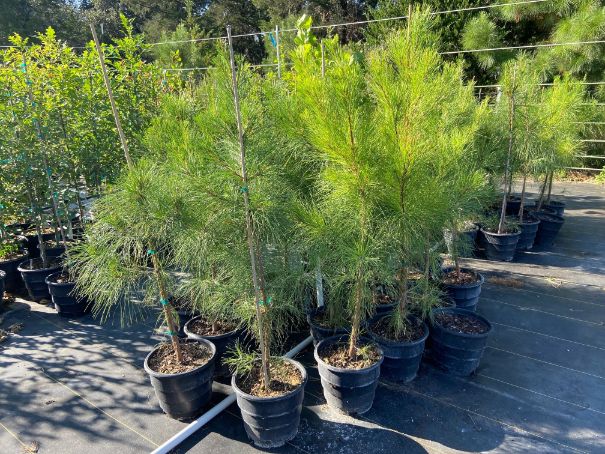Loblolly Pine Tree | Pinus taeda
Loblolly Pine Tree | Pinus taeda
Couldn't load pickup availability
The loblolly pine tree (Pinus taeda) is one of the fastest-growing and most widely planted pines in the southeastern U.S. Known for its towering height, adaptability, and year-round green needles, this native evergreen is perfect for creating natural privacy screens, windbreaks, or reforesting open land.
These 3–4 ft tall loblolly pines are well-rooted and ready to take off in your landscape. With proper care, they can grow up to 2 feet per year and eventually reach heights of 60 to 100 feet at maturity.
🌿 Tree Features:
• Botanical Name: Pinus taeda
• Common Name: Loblolly Pine
• Plant Height at Shipping: 3–4 feet tall
• Container Size: Grown in air-pruning pots or similar nursery containers
• Mature Height: 60–100 feet
• Mature Spread: 25–35 feet
• Hardiness Zones: 6–9
• Growth Rate: Fast (up to 2 ft/year)
• Foliage: Evergreen needles (6–9 inches long)
• Light Requirements: Full sun
• Soil Preference: Tolerates clay, loam, and sandy soil; prefers acidic, moist, well-drained soil
🌳 Ideal Uses:
• Privacy screening or windbreaks
• Wildlife habitat and conservation planting
• Timber or pulpwood production
• Large landscapes, farms, or rural properties
• Reforestation and erosion control projects
📦 What You’ll Receive:
• One (1) healthy Loblolly Pine Tree measuring 3 to 4 feet tall
• Shipped in a sturdy nursery container
• Carefully packaged and shipped during the best planting season
🌱 Planting & Care Tips:
• Dig a hole twice as wide as the root ball
• Water deeply after planting and regularly during the first year
• Mulch around the base to retain moisture
• No pruning necessary for natural growth habit
• Fertilize lightly in early spring if needed
Share
